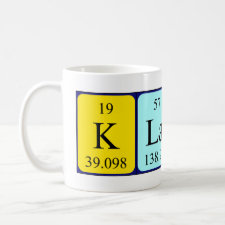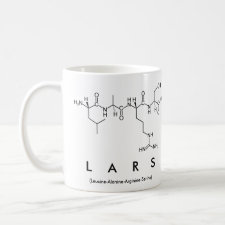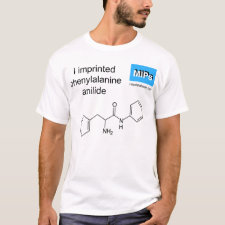
Authors: Andersson LI, O'Shannessy DJ, Mosbach K
Article Title: Molecular recognition in synthetic-polymers - preparation of chiral stationary phases by molecular imprinting of amino-acid amides.
Publication date: 1990
Journal: Journal of Chromatography A
Volume: 513
Issue: (1)
Page numbers: 167-179.
DOI: 10.1016/S0021-9673(01)89434-6
Abstract: Methacrylate-based molecular imprints were prepared using a number of -amino acid aromatic maide derivatives as print molecules. Methacrylic acid was used as a functional monomer such that acid function of the monomer interacts ionically with the amine function and via hydrogen bonding with the amide function of the print molecule. Bulk polymers were prepared and were ground and sieved to particles <25 mm, packed into high-performance liquid chromatographic (HPLC) columns and used for enantiomeric separations in the HPLC mode. The polymers were shown to exhibit efficient enantiomeric resolution of a racemic mixture of the amino acid amide used as the print molecule and in many instances were also able to resolved the enantiomers of amino acid amides other than the print molecule, depending on the substituents on the amine and amide functinalities. Allowing an increased number of monomers to interact with the print molecule, i.e., by introducing an additional amide function or a pyridyl ring to the print molecule, led to an improved separation in most instances, although increased band broadening was observed, especially when isocratic elutions were performed. With all polymers, acetic acid gradient elution improved the peak shape, leading to increased resolution and shorter analysis times. The implications of these findings with respect to the mechanism of recognition and the ability to predict the enantiomeric resolution of substances on molecularly imprinted polymers are discussed.
Template and target information: L-phenylalanine beta-naphthylamide, L-leucine beta-naphthylamide, L-phenylalanine anilide, L-phenylalanineglycine anilide, L-proline anilide, N,N-dimethylphenylalanine anilide, N-pyridylmethylphenylalanine anilide, N-pyridoxylmethylphenylalanine anilide



Join the Society for Molecular Imprinting

New items RSS feed
Sign-up for e-mail updates:
Choose between receiving an occasional newsletter or more frequent e-mail alerts.
Click here to go to the sign-up page.
Is your name elemental or peptidic? Enter your name and find out by clicking either of the buttons below!
Other products you may like:
 MIPdatabase
MIPdatabase









